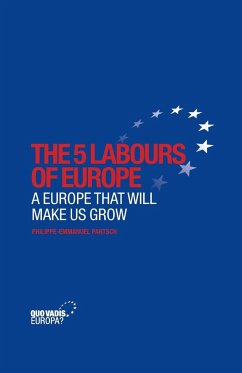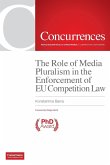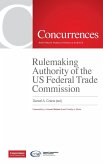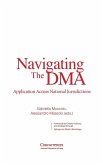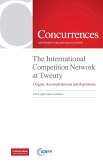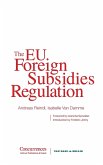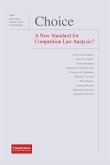For over 60 years, the European project has been the catalyst for prosperity, democracy, and social peace. Today, while it still inspires great hopes, it faces crucial challenges. Its engine seems to have stalled, as evidenced by Europe's decline in technology, economy, finance and education. How can we stop the downfall and reverse the trend? How can we maximize the European construction to enhance the prosperity of Member States by 2030, alleviate social tensions, strengthen our democracies, become more eco-responsible, and build a common defense less dependent on the United States? The aim of this captivating essay, based on in-depth knowledge and varied experience of European integration, is to answer these questions. Dive into this book and explore the challenges, opportunities, and transformations which Europe is facing to discover innovative solutions that will shape its future and foster its prosperity. In particular, this book offers a series of precise recommendations that could inspire European institutions.
Hinweis: Dieser Artikel kann nur an eine deutsche Lieferadresse ausgeliefert werden.
Hinweis: Dieser Artikel kann nur an eine deutsche Lieferadresse ausgeliefert werden.

